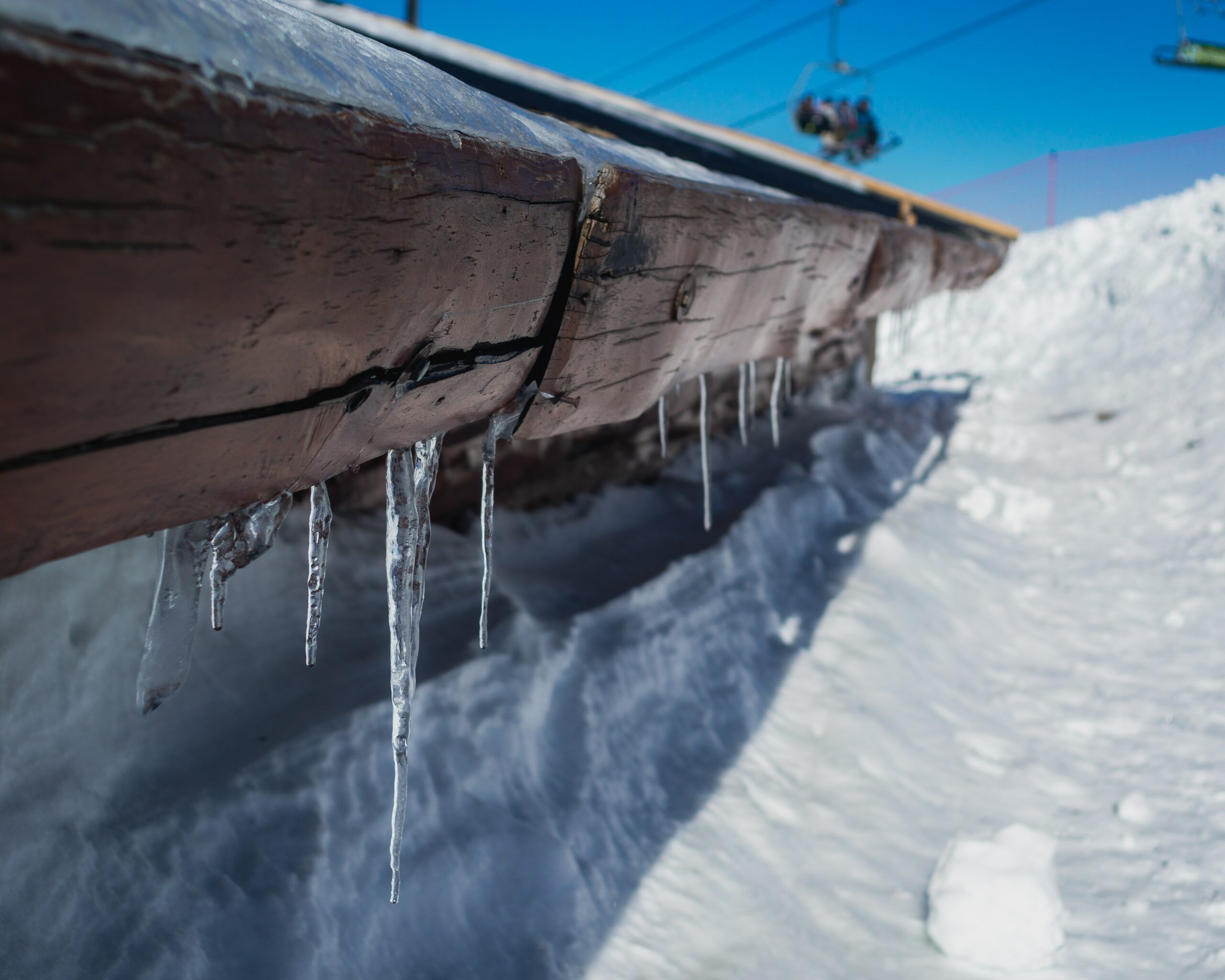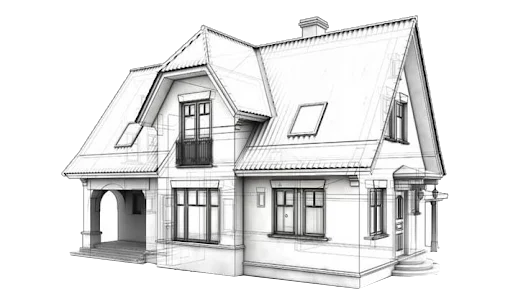
Battling Ice Dams

Introduction: As winter blankets our surroundings with a shimmering coat of snow, the picturesque scenes also bring along the potential for less-than-pleasant surprises – ice dams. These icy formations not only mar the aesthetics of your home but can also wreak havoc on its structural integrity and energy efficiency. In this blog post, we’ll delve into the world of ice dams, understanding what they are, why they form, and most importantly, how you can prevent them from turning your winter wonderland into a nightmare.
Understanding Ice Dams: An ice dam is a ridge of ice that forms at the edge of a roof, trapping melting snow and preventing proper drainage. As the snow on the upper part of the roof melts due to the heat escaping from the interior, the water runs down towards the colder edges of the roof where it refreezes, forming a dam-like barrier. This trapped water can seep beneath shingles, infiltrating your home and causing extensive damage.
Causes of Ice Dams: Several factors contribute to the formation of ice dams:
- Inadequate Insulation: Poorly insulated attics allow heat to escape, warming the roof and causing snow to melt unevenly.
- Inadequate Ventilation: Insufficient ventilation in the attic fails to expel warm air, leading to inconsistent snowmelt.
- Fluctuating Temperatures: Frequent shifts between freezing and thawing temperatures exacerbate ice dam formation.
- Clogged Gutters: Leaves, debris, and ice buildup can block proper water drainage, contributing to ice dam formation.
Prevention Tips: Protecting your home from ice dams requires a proactive approach:
- Insulation Upgrade: Adequate attic insulation prevents heat from escaping, maintaining a consistent roof temperature.
- Proper Ventilation: Ensure your attic is well-ventilated, allowing warm air to escape and preventing snowmelt irregularities.
- Sealing Air Leaks: Identify and seal gaps, cracks, and openings that allow warm air to reach the attic.
- Regular Gutter Maintenance: Keep gutters clean and free from debris to allow proper water flow.
- Roof Raking: Safely remove snow from the roof using a roof rake to minimize the amount of melting snow.
Professional Inspection: Consider enlisting the expertise of a home inspection professional, especially before winter sets in. A thorough inspection can identify vulnerable areas and offer tailored solutions to prevent ice dams.
Conclusion: While the winter season might cast a magical spell on the landscape, it also brings potential challenges like the formation of ice dams. By understanding the causes and taking proactive measures, you can ensure that your home remains a warm and safe haven even in the coldest of temperatures. Remember, a little prevention goes a long way in safeguarding your property’s structural integrity and your peace of mind.
